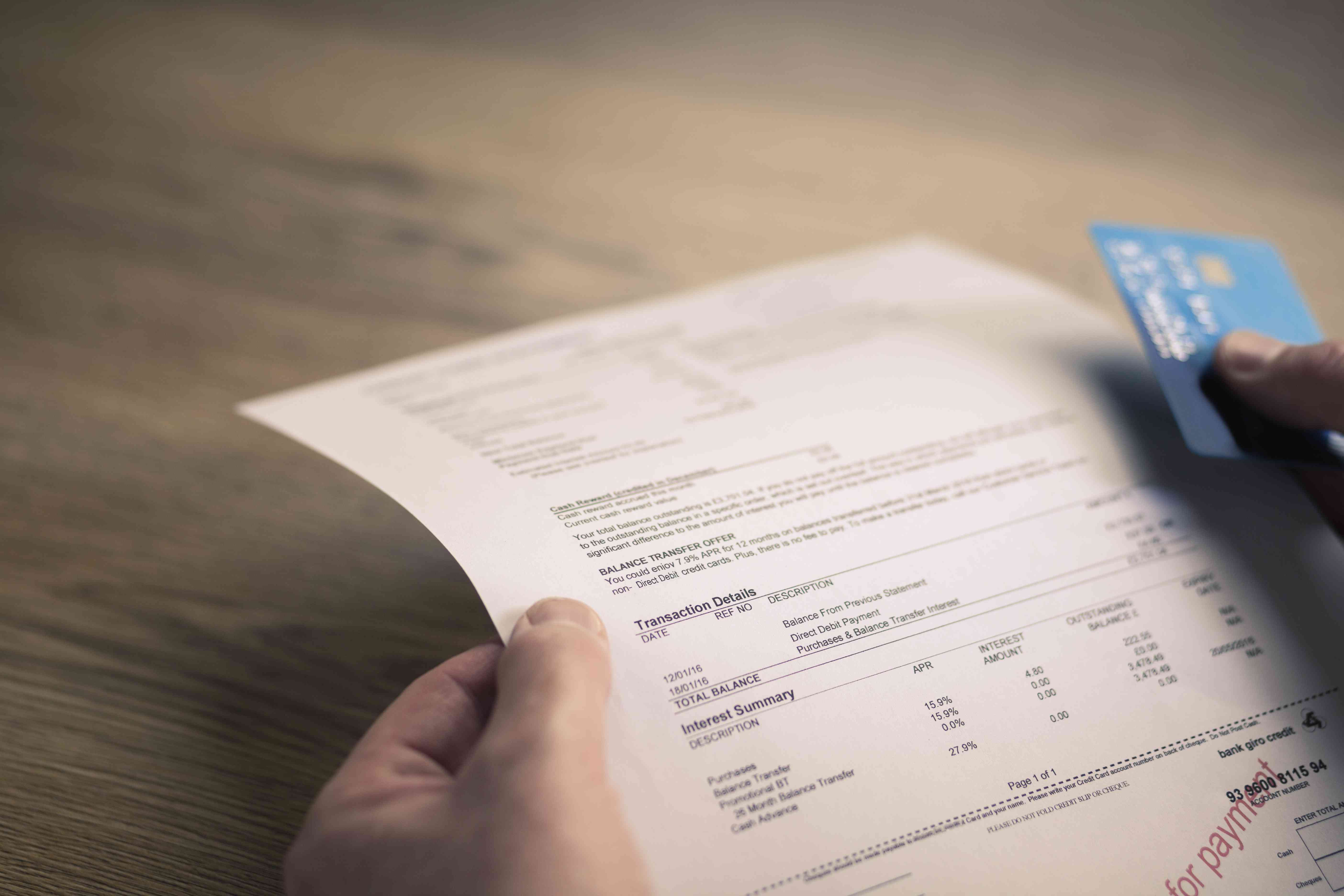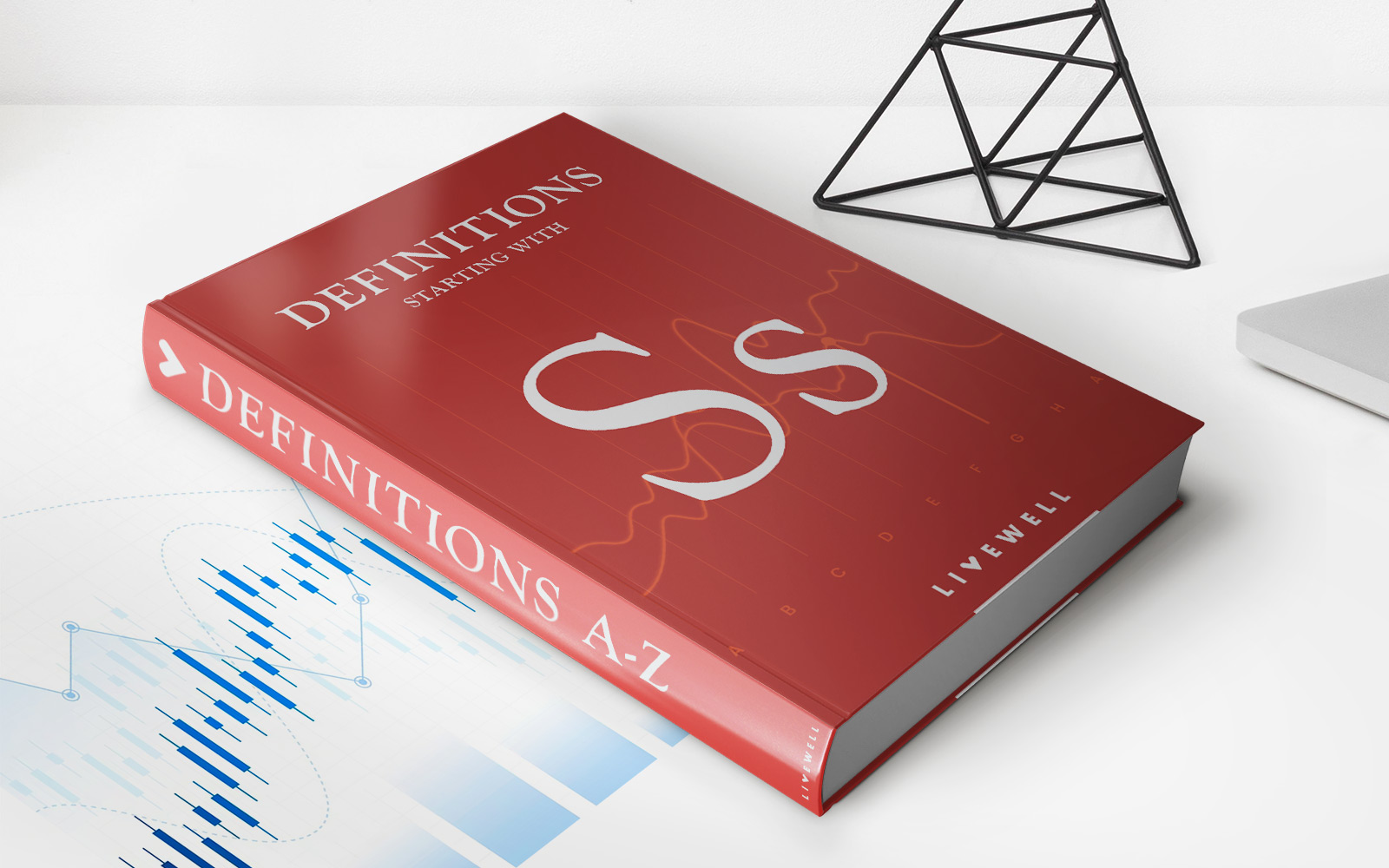Home>Finance>How To Find The Minimum Payment For Student Loans


Finance
How To Find The Minimum Payment For Student Loans
Published: February 26, 2024
Learn how to calculate the minimum payment for student loans and manage your finances effectively. Get expert tips and advice on finance.
(Many of the links in this article redirect to a specific reviewed product. Your purchase of these products through affiliate links helps to generate commission for LiveWell, at no extra cost. Learn more)
Table of Contents
**
Introduction
**
Student loans are a common means of financing higher education, providing individuals with the opportunity to pursue their academic aspirations. However, upon completing their education, many borrowers are faced with the responsibility of repaying these loans. Understanding how to manage student loan payments, particularly the minimum amount due, is crucial for maintaining financial stability.
Navigating the complexities of student loan repayment can be daunting, especially for recent graduates who are just entering the workforce. The minimum payment for student loans represents the least amount that must be paid each month to fulfill the loan agreement. It is essential for borrowers to comprehend how these minimum payments are calculated, as well as the strategies available for managing them effectively.
By gaining insight into the intricacies of student loan minimum payments, borrowers can make informed decisions to ensure that their financial obligations are met while also pursuing their long-term financial goals. This article will delve into the process of understanding and calculating the minimum payments for both federal and private student loans, providing valuable strategies for managing these payments responsibly. Whether you are a recent graduate or a seasoned professional seeking to gain control over your student loan repayments, the following information will equip you with the knowledge and tools needed to navigate this aspect of personal finance with confidence and success.
Understanding Student Loan Minimum Payments
Student loan minimum payments are the predetermined amount that borrowers are required to pay each month to satisfy the terms of their loan agreement. These payments are designed to ensure that borrowers make consistent progress towards repaying their student loans, thereby reducing the overall balance over time.
It’s important to recognize that the minimum payment is not a fixed, arbitrary amount; rather, it is calculated based on various factors, including the total loan balance, interest rate, and repayment term. By understanding the components that contribute to the minimum payment, borrowers can gain clarity on how these amounts are determined and how they can be managed effectively.
Furthermore, comprehending the nuances of student loan minimum payments empowers borrowers to make informed decisions about their financial resources and budgeting strategies. This knowledge enables individuals to plan and allocate their funds responsibly, ensuring that they meet their minimum payment obligations while also addressing other financial priorities.
As we delve deeper into the specifics of calculating minimum payments for federal and private student loans, it’s crucial to recognize that a thorough understanding of these payments is key to maintaining financial stability and working towards long-term financial well-being.
Calculating Minimum Payments for Federal Student Loans
When it comes to federal student loans, the calculation of minimum payments is primarily determined by the specific type of loan and the chosen repayment plan. For most federal student loans, the standard repayment plan sets the minimum monthly payment at an amount that allows the loan to be paid off within 10 years. However, borrowers have the option to choose from various repayment plans, each with its own criteria for calculating minimum payments.
Income-Driven Repayment (IDR) plans, such as Income-Based Repayment (IBR), Pay As You Earn (PAYE), Revised Pay As You Earn (REPAYE), and Income-Contingent Repayment (ICR), offer minimum payments based on the borrower’s income and family size. These plans typically cap the monthly payment at a percentage of the borrower’s discretionary income, providing relief for individuals facing financial challenges.
Additionally, federal student loan minimum payments may be influenced by loan consolidation and forgiveness programs. Loan consolidation allows borrowers to combine multiple federal loans into a single loan, potentially extending the repayment term and reducing the monthly payment amount. Furthermore, loan forgiveness programs, such as Public Service Loan Forgiveness (PSLF), may lead to the eventual cancellation of the remaining loan balance after a specified period of qualifying payments.
Understanding the intricacies of federal student loan minimum payments empowers borrowers to explore the available repayment options and select the most suitable plan based on their financial circumstances. By evaluating the various factors that contribute to minimum payments, individuals can make informed decisions that align with their financial goals and capacity to manage their student loan obligations effectively.
Calculating Minimum Payments for Private Student Loans
Unlike federal student loans, which adhere to standardized repayment plans, the calculation of minimum payments for private student loans is determined by the terms and conditions set by the private lender. The minimum payment amount for private student loans is typically based on the loan balance, interest rate, and chosen repayment term.
Private lenders may offer various repayment options, including fixed monthly payments or graduated repayment plans that start with lower payments and gradually increase over time. Additionally, some lenders may provide interest-only payment plans, allowing borrowers to pay only the accrued interest for a specified period before transitioning to full principal and interest payments.
It’s important for borrowers to carefully review the terms of their private student loans to understand how minimum payments are calculated and whether there is flexibility in choosing a repayment plan that aligns with their financial situation. Additionally, borrowers should be mindful of any potential fees or penalties associated with late or insufficient payments, as these can impact the overall cost of the loan.
Given the variability in minimum payment calculations for private student loans, borrowers are encouraged to engage directly with their lenders to discuss available repayment options and seek clarification on any aspects of the repayment process that may affect their financial planning. By proactively addressing these considerations, borrowers can navigate the management of their private student loan minimum payments with greater confidence and financial prudence.
Strategies for Managing Student Loan Minimum Payments
Effectively managing student loan minimum payments is essential for maintaining financial stability and working towards long-term financial goals. Borrowers can employ various strategies to navigate their student loan obligations responsibly and minimize the impact of these payments on their overall financial well-being.
One key strategy involves creating a comprehensive budget that prioritizes student loan payments while addressing other essential expenses and financial goals. By allocating a specific portion of their income towards student loan minimum payments, borrowers can ensure that these obligations are met consistently without compromising other financial responsibilities.
For federal student loans, exploring income-driven repayment plans can provide relief for borrowers facing financial challenges. These plans adjust minimum payments based on the borrower’s income, making them more manageable during periods of limited financial capacity. Additionally, borrowers may qualify for loan forgiveness programs, such as Public Service Loan Forgiveness, which can alleviate the long-term burden of student loan debt.
Consolidating multiple federal loans or refinancing private loans can also be strategic approaches to managing student loan minimum payments. Loan consolidation streamlines multiple federal loans into a single loan with a potentially extended repayment term, resulting in a lower monthly payment amount. Refinancing private loans may offer the opportunity to secure a lower interest rate or adjust the repayment term, thereby influencing the minimum payment calculation.
Furthermore, actively communicating with lenders and loan servicers can yield valuable insights and potential solutions for managing student loan minimum payments. In cases of financial hardship, borrowers can explore options for temporary payment suspension or alternative repayment arrangements, ensuring that they proactively address challenges that may affect their ability to meet minimum payment requirements.
Ultimately, maintaining open communication with lenders, staying informed about available repayment options, and proactively addressing financial challenges are integral to effectively managing student loan minimum payments. By leveraging these strategies and maintaining a proactive approach to financial planning, borrowers can navigate their student loan obligations with confidence and work towards achieving long-term financial stability.
Conclusion
Managing student loan minimum payments is a fundamental aspect of personal finance for individuals who have pursued higher education through borrowing. Understanding the intricacies of minimum payments for both federal and private student loans is essential for borrowers to navigate this financial obligation effectively while working towards their long-term financial goals.
By comprehending the factors that contribute to the calculation of minimum payments, borrowers can make informed decisions about their repayment strategies, budgeting, and financial planning. The availability of various repayment plans, loan consolidation options, and forgiveness programs provides borrowers with the flexibility to tailor their repayment approach to their current financial circumstances and future aspirations.
Strategically managing student loan minimum payments involves proactive financial planning, open communication with lenders, and a comprehensive understanding of available options for adjusting repayment terms based on individual needs. By prioritizing student loan payments within a well-structured budget and exploring relief options during financial hardship, borrowers can maintain financial stability while addressing their student loan obligations responsibly.
As borrowers navigate the complexities of student loan repayment, it is imperative to remain informed about changes in the loan terms, explore opportunities for refinancing or consolidation, and seek guidance from financial advisors or loan servicers when needed. By staying proactive and engaged in managing their student loan minimum payments, individuals can work towards achieving financial freedom and long-term prosperity.
In conclusion, the journey of repaying student loans is a significant financial responsibility, and understanding how to manage minimum payments effectively is crucial for borrowers to achieve financial stability and pursue their broader financial objectives. By leveraging the strategies and insights outlined in this article, borrowers can navigate their student loan obligations with confidence, empowering themselves to build a solid financial foundation for the future.














